As the landscape in social media shifts towards a more organic, discovery-based model, Content Marketing is claiming a more central role in many brands’ marketing strategies. This shift of focus, paired with the fact that there are over a billion websites on the internet, and that most social media platforms have users in the billions as well, means that competition is as tough as ever, and creators need to produce content of the highest quality to earn audience attention and loyalty.
While this may seem like an insurmountable task, with your content going toe-to-toe with the likes of major legacy brands who spend millions of dollars a year to prominently display their content for audiences, we’re here to tell you that it’s not that bad. We’ve compiled a comprehensive guide to walk you through the steps needed to not only build an intent-driven, comprehensive content strategy but also how to optimize and distribute it to ensure you’re maximizing your reach and retention.
Here are the steps we’ll be breaking down which can be found in our guide which has pretty charts and metrics and stuff:
1. Identify your goals & metrics
2. Create your ideal customer profiles
3. Complete a horizon scan
4. Build your content framework
5. Complete your SEO checklist
6. Create a distribution plan
Skip to the TLDR and Content Marketing Strategy Guide
Identifying Your Goals & Metrics:
Intention is a large part of success when developing your content marketing strategy — it helps inform not only which channels to target, but also the topics you’ll be discussing and all sorts of other nuances that will shape your strategy.
Depending on your brand, where you are in your lifecycle, how much brand equity you’ve already built, and what product you’re looking to broadcast, your goals may fluctuate greatly depending on a number of factors. Traditionally, we’ve found that these goals generally fit within the below buckets:
1. Lead Generation
2. Drive Revenue
3. Build your following
4. Increase Retention
5. Build loyalty
6. Retargeting efforts
7. Share feedback
8. Build authority
More on these in the guide.
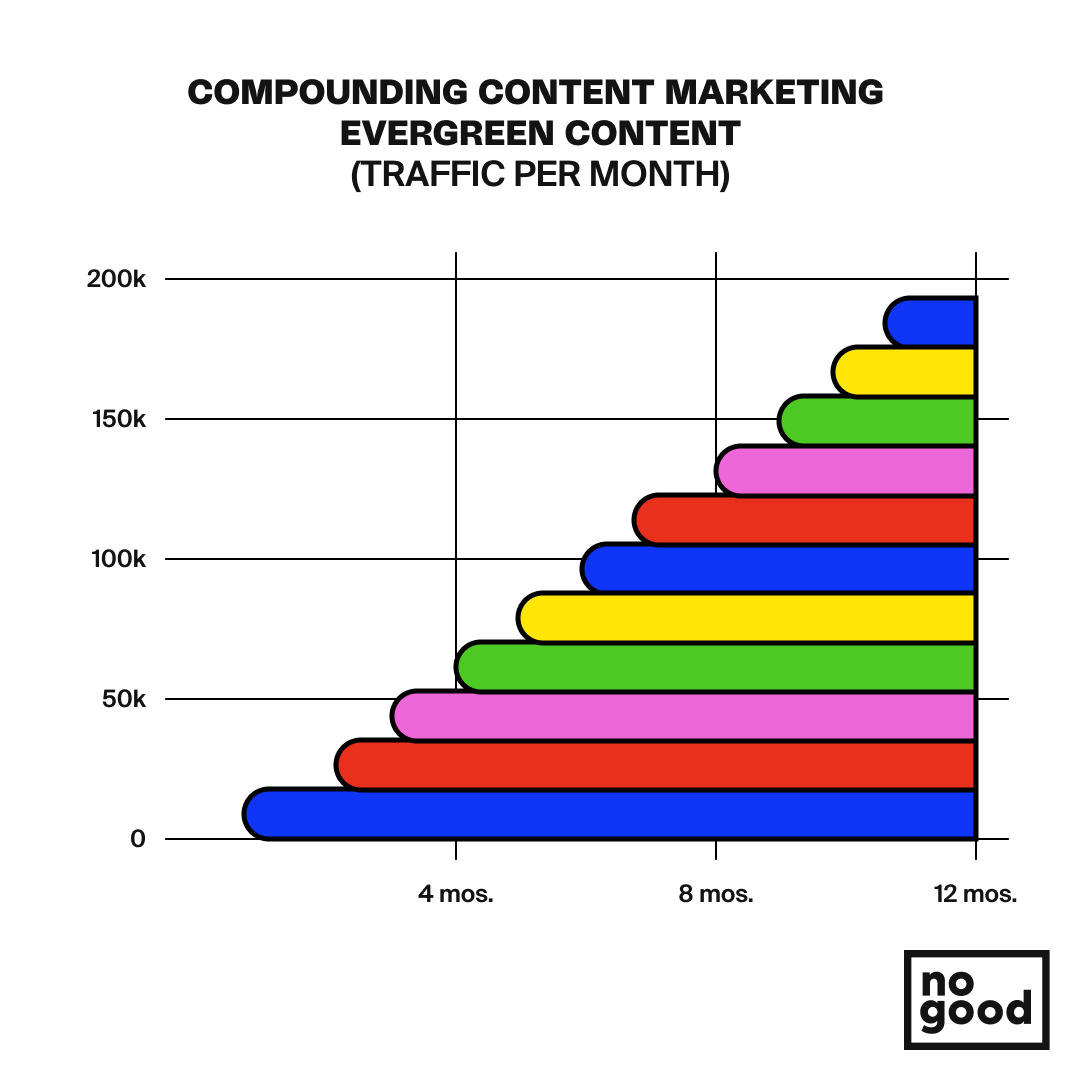
Building Your Ideal Customer Profiles:
The logical next step once you know what your goal is for your content plan is understanding who it is that you’re trying to reach as this will greatly impact a number of key decisions as you move forward through developing and implementing your strategy.
For example, a new brand strictly seeking to build awareness is going to shape its messaging and platform decisions differently than a legacy brand looking to target a specific audience segment with a new product offering. Similarly to identifying your goals + metrics, there are a few common pieces of information that you can identify in the process of building these profiles — these are them:
1. Their goals + problems
2. What tools + products do they currently use
3. What channels + platforms they are on
4. What solutions your product provides
5. How your product compares to competitors
There are a number of ways to determine and mine this information through either a horizon scan, or direct outreach, and once that data is obtained, it can be distilled into highly specific customer personas — the template for which you can find in the complete guide.
Compiling an Audit of the Competitor Landscape:
While this is technically the third step, we often find ourselves completing this process in tandem with steps 1 + 2, as they all organically inform one another in some way or another.
The ultimate goal of auditing the competitive landscape is to see who’s doing what, when, and where. The data from this research can help inform a number of the key decisions based on a variety of factors.
For example, if you find that 90% of your competitors are utilizing podcasts to reach audiences this can either indicate that that landscape is oversaturated and it’s best to look for other opportunities, or that that is the best space for your brand to be in, and drive your pursuit of content in that space.
What you should take away from this process is a comprehensive analysis of your competitors, their content types, the channels that they’re pursuing, their aesthetics, tone of voice, and other forms of valuable insights that you can glean from their public content.
For a detailed framework of how to build your competitive analysis, you can download the full guide.
Building Your Content Framework:
Congrats, you’re finally ready to start building your cont framework — this is the section where all the research, due diligence, and preparation begin to come together.
Having compiled all of the data points that you have in the first 3 steps of the process, there should begin to be patterns that emerge from your findings, specifically in regard to:
1. Which topics to write about
2. How to organize + optimize your content
3. The best formats + metrics
You may be looking at your research and feeling overwhelmed at this point, and that’s totally natural, though we promise as you start compiling your overall strategy there is an absolute rhythm that you’ll find in the process.
If you start from the top of the list and determine the topics that you need to focus on, the rest of the process naturally cascades down from there until it comes together into an actionable strategy that reads essentially like a step-by-step guide to your content.
We say guide, rather than a roadmap, as it’s incredibly important to monitor the metrics and adjust at every point in the implementation of the strategy based on what is, or isn’t working.
If you’re struggling with compiling your framework, our guide has the process broken down further so you can follow along, step-by-step.
Your SEO Checklist:
This section is both incredibly important, and a small test to see how you did with your content framework. If you’re reading this and blog content wasn’t in your framework and you’re thinking, “Why do I need SEO?” then it may be wise to take a step back and reconsider.
Blogs, and by extension SEO, are at the foundation of any and every content strategy as they serve neatly as a foundational direction to your content.
In addition to being a working solution to drive traffic to your site and your product, your blog content can also help to dictate the content pieces that are developed and utilized across social — with the performance of both pieces acting as an indicator of efficacy to help shape content down the road.
Regardless of how deep your SEO strategy goes, there are a few key steps you can take with your blog content to ensure that it is sufficiently optimized and positioned to rank based on how you approach the following:
1. Keywords
2. Title and URL
3. Images
4. Links
These components are the main drivers for Google in making decisions as to what pieces will rank for what search queries, and while optimizing for them won’t replace high-quality, well-researched, high intent, blog content, they are factors that will make or break whether or not your content ranks if it is of high quality.
There’s nothing worse than writing a fantastic piece of blog content, only to have it get lost in the abyss of Google because it didn’t follow the steps found in our full guide.
Creating a Distribution Plan:
Congrats! You’ve made it to step 6! If this were a pyramid scheme, you’d be broke by now and not even know it. But it’s not, it’s a content strategy, so you’re likely about to get rich in traffic, engagement, and all sorts of other fun metrics because you’ve:
- Identified your goals + metrics
- Created your ideal customer profiles
- Audited the competitive landscape
- Created your content framework
- Completed your SEO checklist
So now what?
Your content distribution plan is something more of a roadmap than the content framework in that it identifies more directly which channels are given which content, when, and why. It’s at this step that we look at the four major distribution channels and create an actionable plan for them:
- Organic social
- Paid media
- Cross blogging + backlinks
It’s highly recommended that for every piece of content that is assigned to a specific channel that there is a hypothesis and test that is attached to it, as at this point these decisions are purely theoretical. This can be as simple as something like this:
“If we post X type of content to Y channel, our audience will have Z response.”
These tests can be assigned based on your goals and metrics and should be repeated to ensure that the outcomes are not only validated but replicable and scalable as you continue to develop your distribution plan — more on this in the full guide.
So what’s in the guide?
While the above guide is substantial and fairly comprehensive, there is a much deeper dive that we have in the full guide which breaks down each of the bullet points from the above sections into actionable steps that you can take in developing your content strategy.
We also discuss a bit further the below bonuses of content, and why you should care about the content in general:
Content can build help build trust and authority
Content can help increase sales and conversions
Strong content powers exponential unpaid growth
Content strategy is hard and we’ve condensed it into 6 steps for you
Plus there are lots of really cool and colorful charts and graphs and stuff that you can look at and share on your social media!
TL;DD (Too long; didn’t download)
Backed by the learnings we’ve gained over the past 4 years of helping companies scale their content efforts to reach more people organically. In the guide, we outline the 6 main steps to crafting a content marketing strategy or revitalizing an existing strategy. If you would like to learn more about content marketing services, talk to us!
- Goal & Metrics Identification
- Ideal Customer Profile(s)
- How to Interview Customers
- Competitive Landscape
- Content Framework
- Which topics to write about
- How to organize and optimize content
- Choosing the right content format and metrics
- SEO Checklist
- Content Distribution Planning
Download the Full Guide Here!
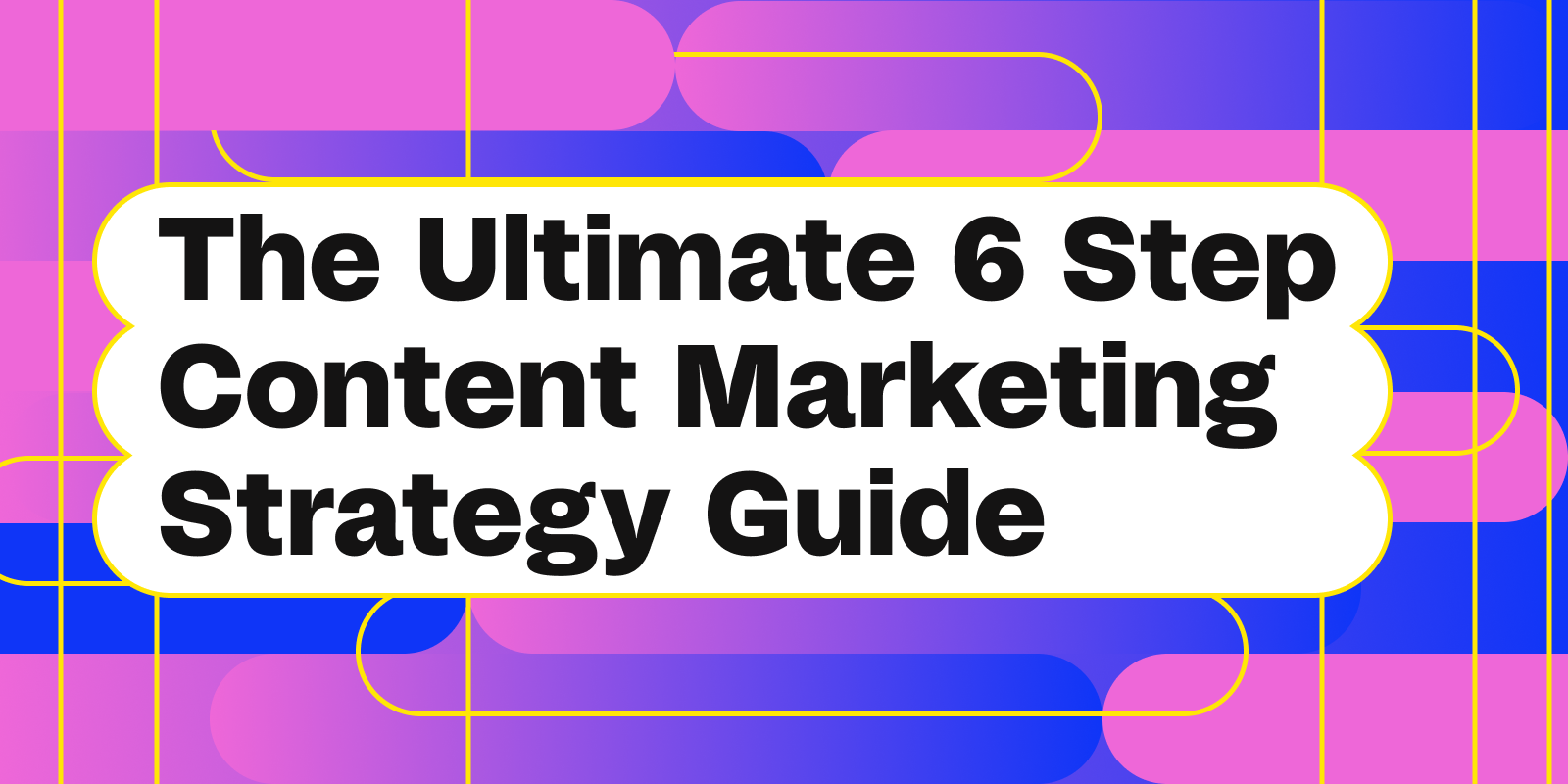




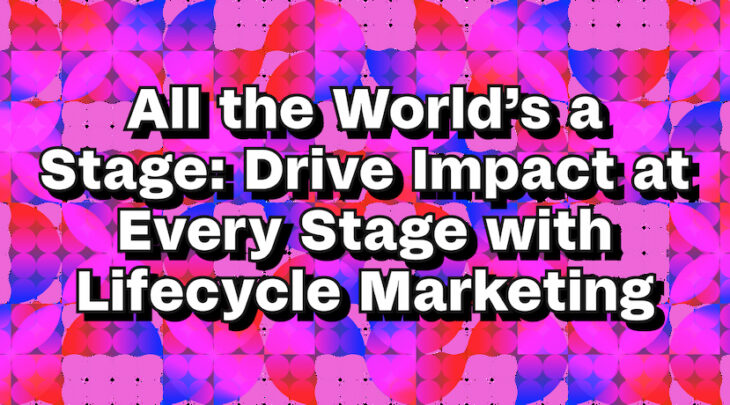

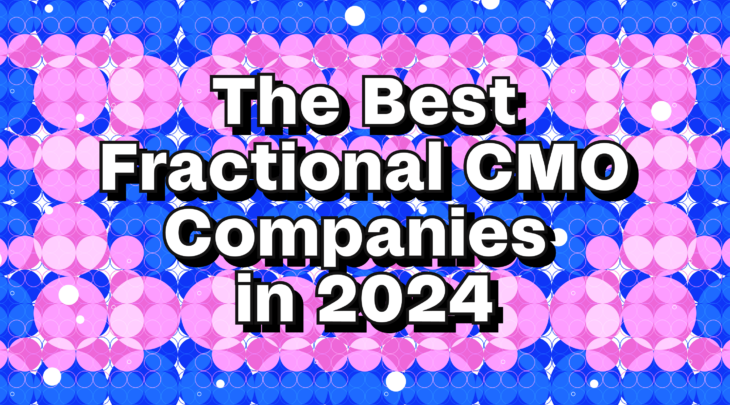

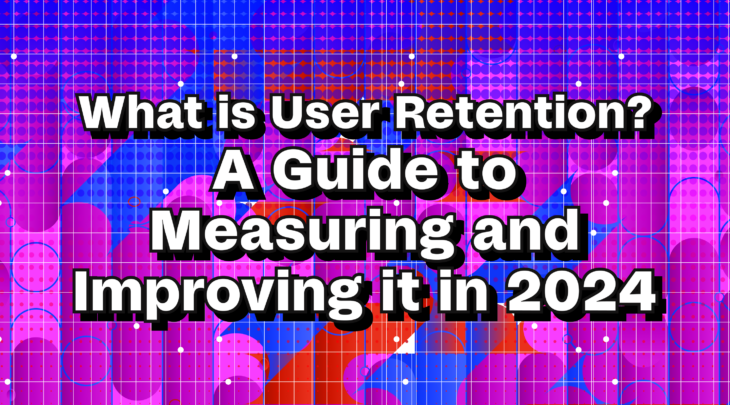
Hi there! thanks for sharing this article with us, a lot of useful information you have shared here, I am very glad that I found your blog. I am bookmarking this website to read more such kind of articles.